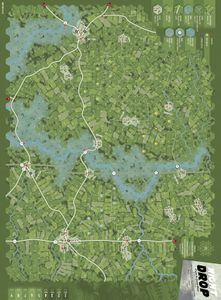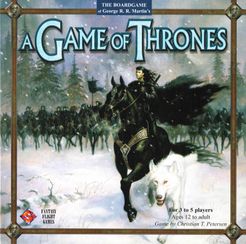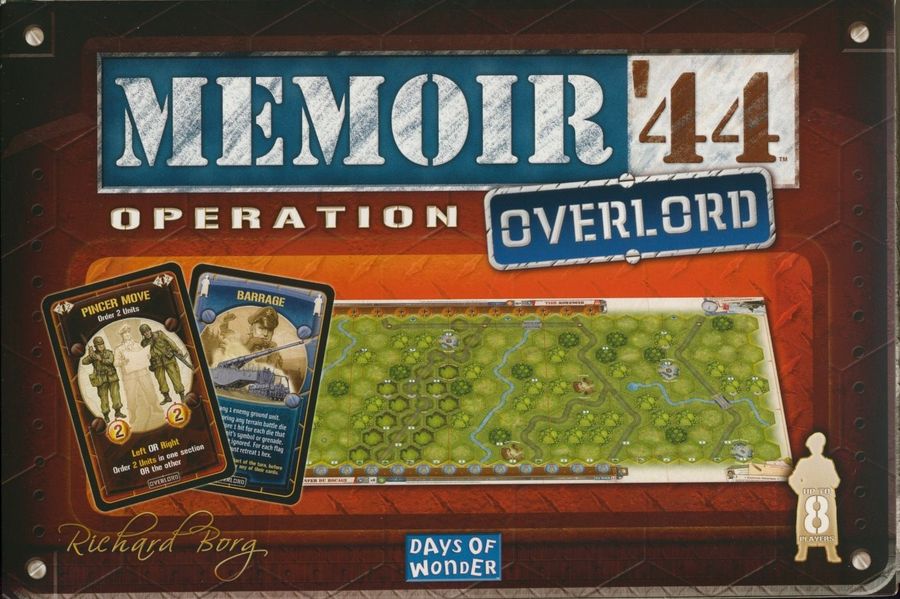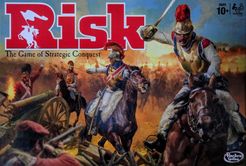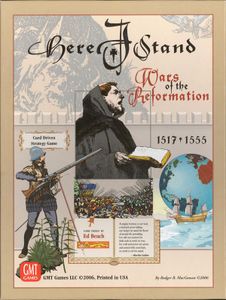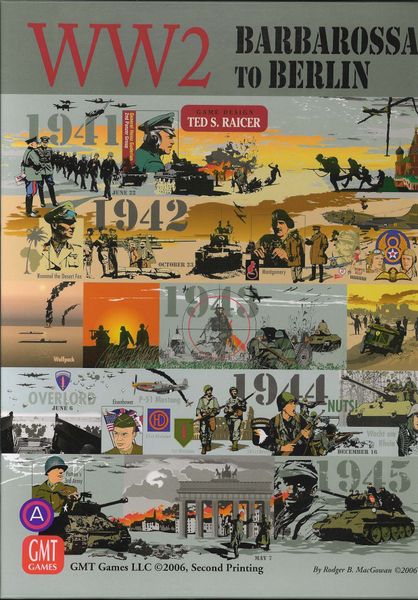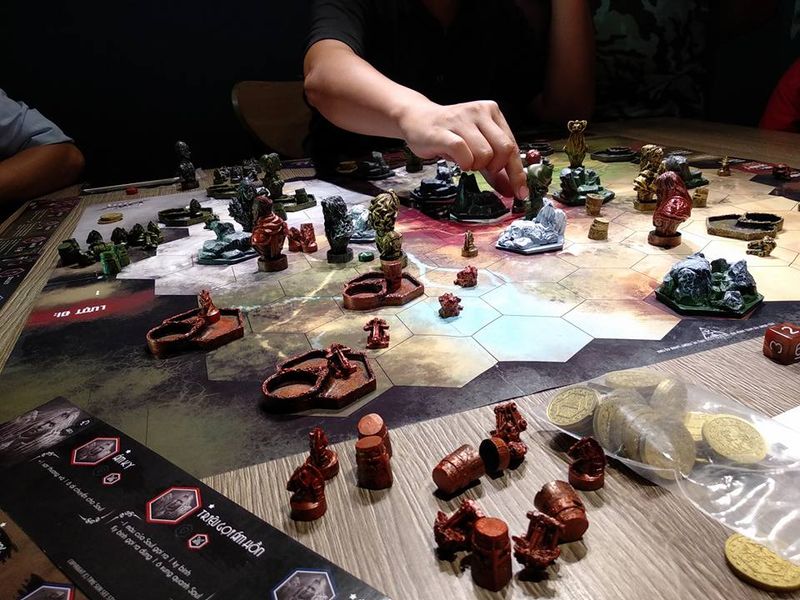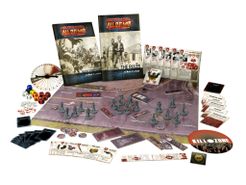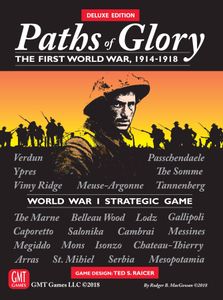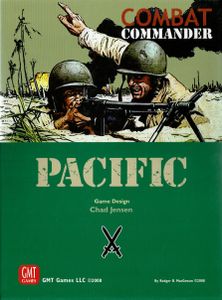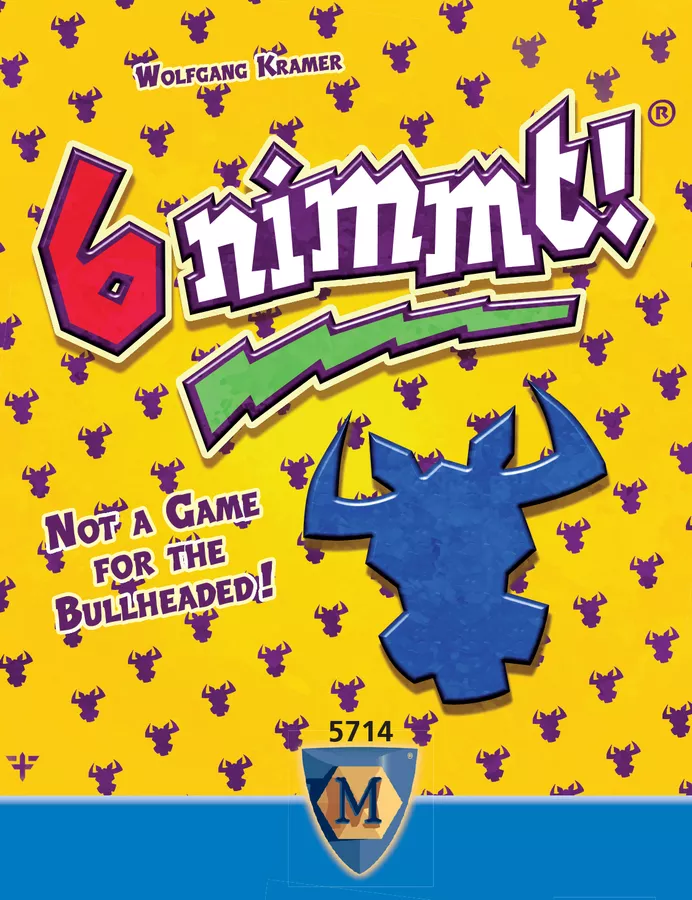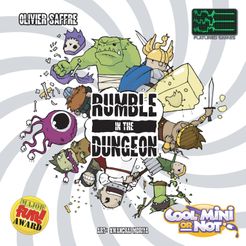Night Drop: 6 June 44 (2012)
- Giới Thiệu
- Hướng Dẫn
- Video
- Chơi Ngay
- Giải Thưởng
- Đánh Giá & Bình Luận
During the night of 5-6 june 1944, the 82nd and 101st Airborne Divisions were to be parachuted behind Utah Beach in order to secure the approaches to the beach for the first wave of the landing forces. The sector had been flooded by the Germans, transforming streams and lowlands into swamps and increasing the strategic value of the bridges and roads of the region. Of these, the two bridges located in the commune of Chef-du-Pont and the crossroads of Sainte-Mère-Eglise are of primary importance for the Allies. In fact, withouth capturing them, it would be impossible to advance quickly into the Cotentin Peninsula and enlarge the bridgehead.
The paratroopers of the 82nd Airborne need to be dropped onto three Drop Zones: The 505th PIR to the northwest of Sainte-Mère-Eglise, the 507th PIR to the north of Amfreville, and the 508th PIR to the south of Amfreville. The Americans did have some reservations about the chances of success of this airborne operation. The landing zones were surrounded by several swamps and the smallest error would lead to heavy losses. The most pessimistic predictions had the casualty rate at 80%.
While flying over the Cotentin, the troop transports were fired upon by German anti-aircraft defenses and thrown into disorder. Some pilots broke formation and gave the order to jump before the drop zones had been reached, leaving many parachutists dozens of kilometers away from their objectives. The less fortunate landed in the swampland and drowned in their heavy equipment. More than three-quarter of paratroopers did not land where they were supposed to, leading to the complete disorganization of the American troops dropped over France. This general state of disorder resulted in a series of clashes all over southeastern Cotentin. The Germans, themselves disorganized, limited their engagements against an enemy force whose objectives and strength remained unknown.
Despite an extremely high rate of losses (more than 50% during the night of 6 June 1944 alone), the American paratroopers of the 82nd and 101st Airborne Divisions accomplished a great deal of their assigned missions. The Germans, disorganized by the chaos, were incapable of counter-attacking. The landing could begin.
"Night Drop" simulates the first hours of June 1944 and focuses on the operations conducted by the 82nd Us Airborne division. During the first (night time) game turns, the American player had to regroup his scattered forces in order to re-form companies and regiments. As long as this reorganization remains undone, American troops remain very vulnerable and the American player cannot know which objectives are in priority.
The German player can use the opportunity to create even more disorder in the American ranks, or chase after isolated paratroopers. But the surprise of the airborne assault keeps the Germans blind to the objectives of their adversaries. As daylight comes, the German player slowly begins to learn the intentions of the American troops and can better organize as reinforcements arrive.
For the American player, the knowledge of his objectives and the strength of his units give him the advantage over his enemies. The superiority from which he benefits allows him to bluff his opponent by attacking lesser important objectives, obliging the German player to make some critical choices: continue to defend a hex of middling importance and risk abandoning a more important hex, or focus on defending more important hexes and risk having been "fooled" by the enemy! The randomness of the drop, the priority assigned to each objective, and the arrival of German reinforcements assures a different game each time.
140 counters
17" x 22" map
6 pages rules booklet
Scale: 1 counter = 1 American company or 1 German section/company
1 game turn = 1 hour
1 hex = 400 meters
(source: publisher's description)
Nơi mua Night Drop: 6 June 44 (2012)
*Chúng tôi có thể được hưởng hoa hồng khi bạn mua hàng qua liên kết của các nền tảng thương mại điện tử này.



